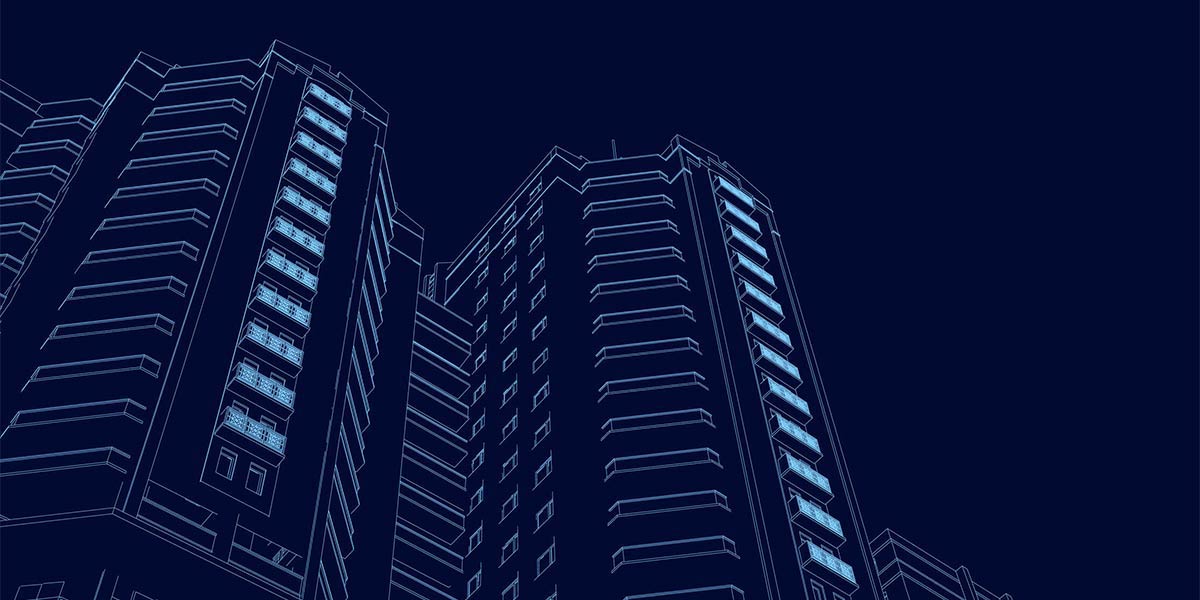What Multi-Tenancy Environments Can Do for Your Business

Software as a service (SaaS) comes in many different forms and applications, but the overarching value of SaaS is in its ability to deliver powerful services to businesses at a fraction of the cost of proprietary alternatives. Our latest webinar about multi-tenancy demonstrates how businesses of any size can use a SaaS multi-tenant environment to provide their clients with powerful business solutions, at scale, with greater efficiency than ever before.
SaaS has become a cornerstone of building and running an efficient, modern business, and has been widely embraced by everyone from lean startups to multinational corporations. Not all SaaS solutions are created equal, though. When exploring your options for software solutions that can help your business reach new heights, the architecture of that software needs to be closely examined.
Let’s take a deeper look at multi-tenancy to understand the value it can deliver to your business. You can also check out our recent webinar for a step-by-step guide on how to use Decisions to create your own multi-tenant environment.
What Is Multi-Tenancy?
The easiest way to understand multi-tenancy in software is by comparing it to a large apartment complex. While many tenants call the same building home, they each have their own private space that is off-limits to everyone else, allowing them to go about their private business however they choose. But all tenants also have access to common spaces and amenities that anyone can use and benefit from.
With multi-tenancy software, the only difference is that this apartment space is theoretically limitless: No matter how many tenants want to use the software, there’s always available space, and the number of active tenants doesn’t negatively impact the experience.
This approach is a cornerstone of cloud-based software, and it allows organizations using multi-tenant software to keep all applications stored on a single machine. Apps available within the solution can then be deployed to tenants on an as-needed basis. Tenants’ information is stored within the multi-tenant database, but the information for each tenant remains separated, ensuring security and privacy through the solution.
Multi-Tenancy Use Cases
Multi-tenancy solutions offer incredible value to organizations in need of powerful, efficient software solutions that can be accessed and utilized while ensuring security for their business data.
Hospitals and healthcare organizations, for example, often use the same or similar applications to make sure patients are booked into the right rooms, attended to by the appropriate doctors and nurses, and treated with the right medical equipment. But hospitals can’t have their data shared with other healthcare organizations, so a multi-tenant approach to managing this data is required.
Multi-tenancy can also be used to support internal business processes such as interviewing and hiring. Decisions uses multi-tenancy servers as interview servers, automating certain vetting processes to identify the most promising candidates and invite them in for interviews with leadership.
Meanwhile, partners and resellers can tenant out a single installation to dozens of applications, cutting down the time and resource cost of developing a custom instance for each customer.
Setting Up Multi-Tenancy
The process for setting up a multi-tenant solution such as Decisions is simple. First off, you need to have an enterprise license if you want to change the configurations within Decisions to set up a multi-tenant instance. If you don’t, you’ll end up running into a number of different problems.
Once you have your enterprise license, you’re just a few simple steps away from switching your server from standard to hosted. Then you’ll be able to create a prototype database that will bring your multi-tenant architecture to life.
For more detailed information on setting up multi-tenancy, check out our online resources and guides. Or, if you’d like to see a step-by-step visual walkthrough of this process, watch our full webinar on multi-tenancy today.
If you think your business could benefit from using a multi-tenant architecture to better serve your customers, don’t let a lack of familiarity stop you from adopting the solutions you need. Decisions makes it easy to switch over to SaaS multi-tenancy without any hiccups or software headaches.
Eager to hear more about the power of multi-tenancy? Watch our webinar now, and get ready to be amazed!
Latest Articles
- Decisions Named a Major Contender in Everest Group’s Process Orchestration Products PEAK Matrix® 2024
- How to Tackle Backlogs in Insurance with Low-Code Process Automation
- What is Agentic AI? Understanding the Future of Autonomous Workflows
- Keep the Core but Get More: Augment Insurance Systems for Ratings and Pricing
- Risk-Proof Your Insurance Operations with Low-Code Automation
- Simplify AI Integration with AI.Common
- Staying Ahead of Risk Assessment Compliance in Banks and Credit Unions
- Outdated Systems, Modern Demands: How Automation is Transforming Insurance
- Mastering Digital-First Loan Origination
- Decisions Earns Four G2 Badges for Fall 2024
- Visit Decisions at ITC Vegas 2024
- Customized Process Automation: The Key to Success and Customer Satisfaction in the Insurance Industry
- Redefining Intelligent Decisioning with a Low-Code, AI-Powered Rules Engine
- The True Backbone of the Business—Back-Office Operations
- 6 Ways Process Mining Can Optimize Business Rules

